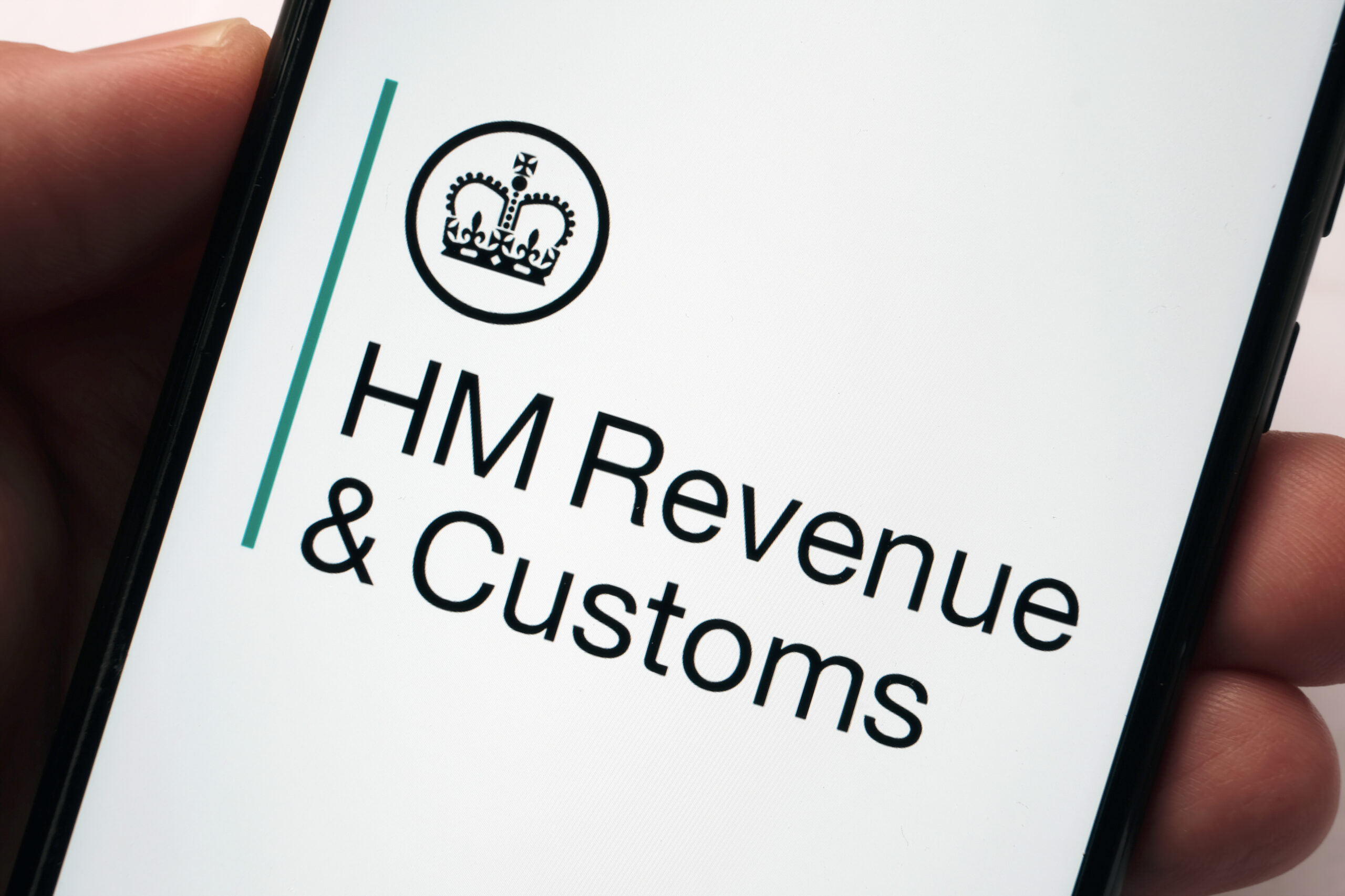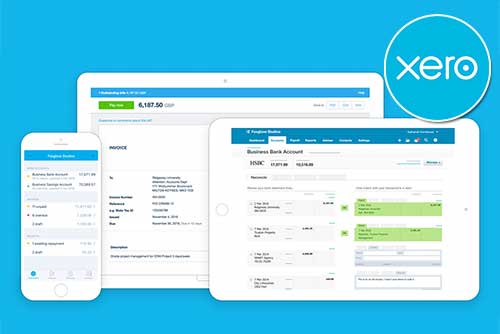What Are Non-Current Liabilities?
Understanding the different types of liabilities is crucial for businesses to manage their financial obligations. While current liabilities often take the spotlight due to their immediate nature, non-current liabilities are equally important components of a company’s financial structure.
In this article, we’ll delve into the concept of non-current liabilities, exploring their definition, examples, and significance in financial analysis.
Understanding Non-Current Liabilities
Non-current liabilities, also known as long-term liabilities, refer to obligations that a company does not expect to settle within the normal operating cycle, usually extending beyond one year. Non-current liabilities typically involve long-term financing arrangements or obligations that arise from long-term investments.
Non-current liabilities are a key component of a company’s balance sheet and play a significant role in various financial ratios used to evaluate a company’s leverage, such as debt-to-assets and debt-to-capital.
Examples of Non-Current Liabilities
- Long-term Debt: This includes loans, bonds, or mortgages with repayment terms extending beyond one year. Companies often issue long-term debt to finance major investments in assets or to support ongoing operations.
- Deferred Tax Liabilities: These arise due to temporary differences between accounting and tax rules, resulting in future tax obligations. Companies recognise deferred tax liabilities when they expect to pay taxes on income in future periods.
- Pension Obligations: Companies offering defined benefit pension plans have long-term obligations to provide retirement benefits to employees. These pension liabilities represent the future payments the company expects to make to retirees.
- Lease Obligations: Long-term lease agreements, such as operating leases, entail payments extending beyond one year. Companies leasing assets like real estate or equipment recognise these obligations as non-current liabilities.
- Deferred Revenue: When a company receives advance payments for goods or services it has not yet delivered, it records deferred revenue. This liability represents the obligation to fulfil the products or services in future periods.
Non-Current Liabilities vs. Current Liabilities
Current liabilities encompass short-term obligations due within one year, such as accounts payable, short-term loans, and accrued expenses, exerting immediate pressure on a company’s liquidity position.
In contrast, non-current liabilities consist of long-term obligations extending beyond one year, such as long-term loans, deferred tax liabilities, and pension obligations, which have a lesser immediate impact on liquidity but pose long-term financial commitments.
The Importance of Non-Current Liabilities in Accounting
Comprehensive Financial Picture
Non-current liabilities provide a holistic view of a company’s capital structure and financial leverage. By analysing these liabilities alongside other financial metrics, stakeholders can gauge the proportion of long-term debt financing relative to equity and short-term obligations. This evaluation aids in assessing the company’s financial stability, solvency, and ability to meet its long-term debt obligations.
Risk Assessment and Creditworthiness
Lenders and creditors scrutinise these long-term commitments to assess the company’s capacity to generate future cash flows and service its debt obligations. Transparent reporting and effective management of non-current liabilities enhance investor confidence, credit ratings, and access to capital markets, facilitating growth opportunities and strategic initiatives.
Influence on Strategic Decision-Making
By considering non-current liabilities in strategic planning processes, companies can make informed decisions regarding financing options, capital expenditures, and business expansions, aligning with long-term objectives and enhancing shareholder value.
The Bottom Line
Non-current liabilities emerge as indispensable markers of a company’s long-term financial obligations and strategic direction. While current liabilities demand immediate attention for their impact on liquidity, the significance of non-current liabilities cannot be overstated. These commitments, extending beyond a year, underpin a company’s financial structure, providing crucial insights for stakeholders and guiding strategic decision-making.





















